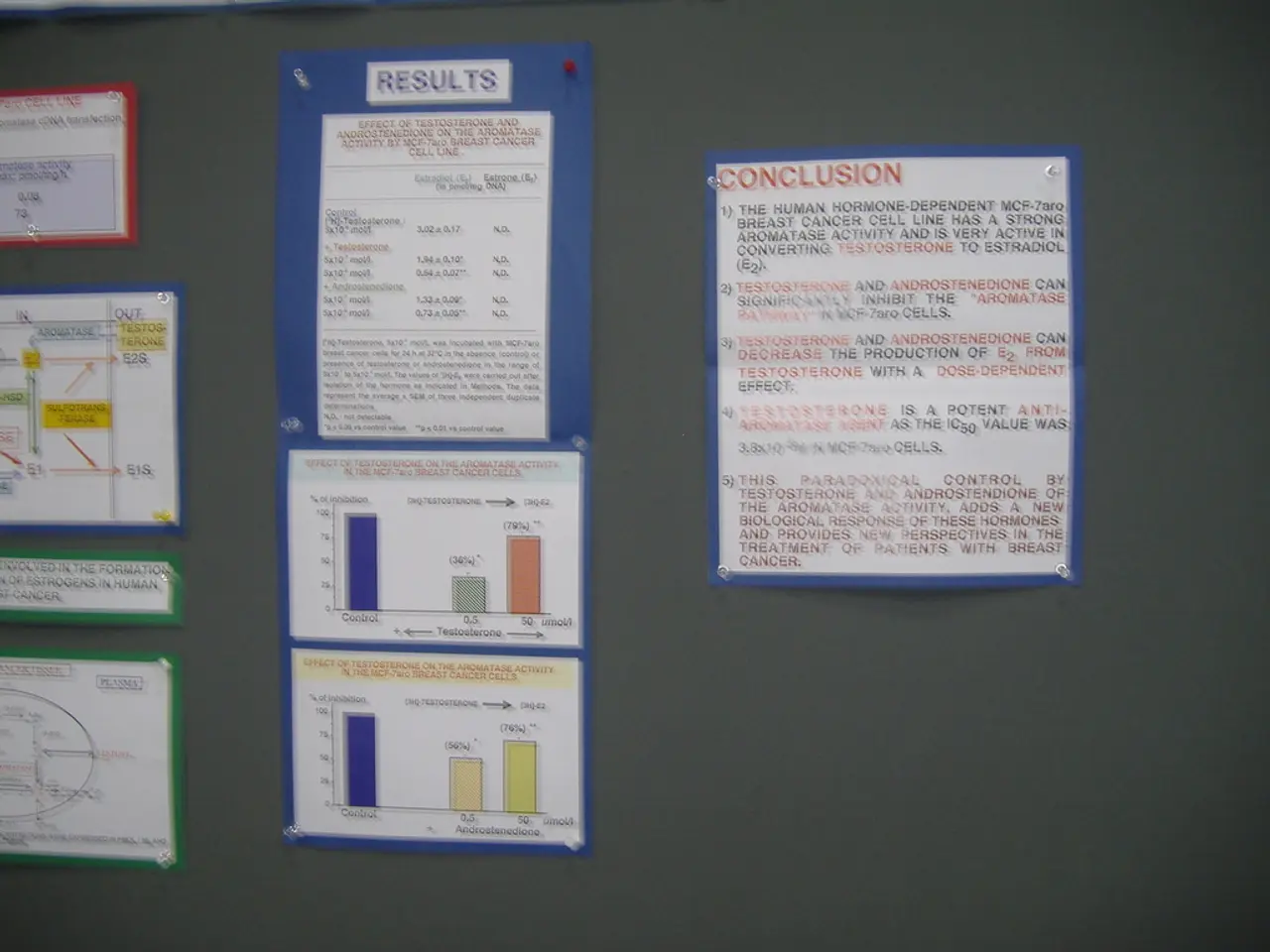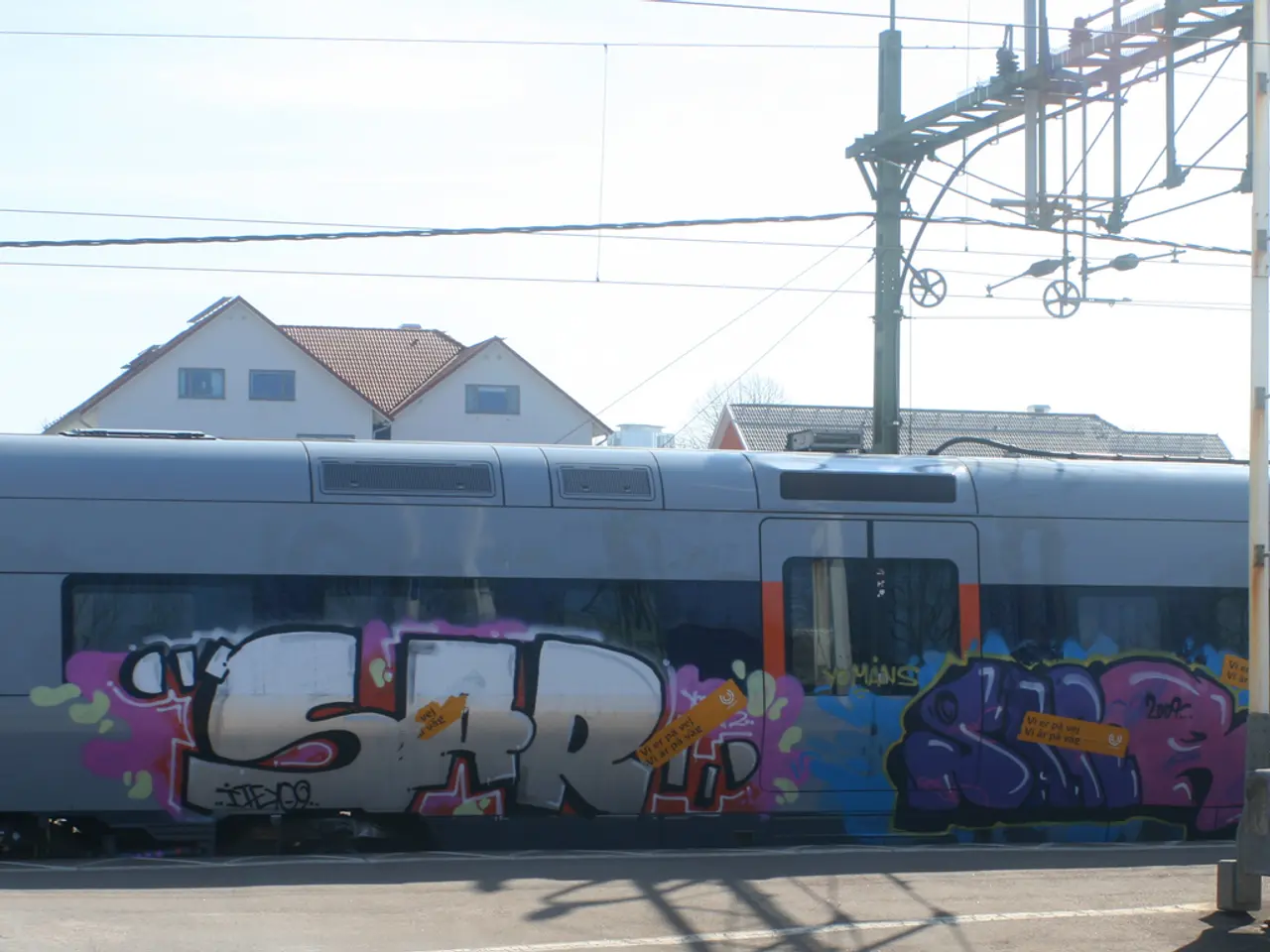December 2024 Labor Market Situation in the Region
The unemployment rate in the Ingolstadt region, known for its manufacturing industry, has seen a significant increase in recent times, mirroring national trends.
Historically, Ingolstadt has maintained a low unemployment rate, around 3.3% as of February 2022. However, recent data reveals an increase in unemployment, with the rate standing at 3.0 percent in the last month of 2024, marking a 0.4 point rise from December 2023.
The rise in unemployment can be attributed primarily to broader economic stagnation and sector-specific challenges. Germany’s overall economic growth forecast for 2025 was cut to zero due to global trade tensions, particularly the impact of US trade policies. This economic slowdown has affected the manufacturing sector that dominates Ingolstadt’s economy.
On a national scale, unemployment in Germany showed a year-over-year increase, with the rate steady month-to-month but reflecting underlying weakness. This suggests that while immediate layoffs might not be rapid, job creation is insufficient to absorb new entrants or losses.
Ingolstadt’s reliance on automobile manufacturing faces long-term pressures from industry shifts towards electric vehicles and automation, potentially reducing traditional employment opportunities.
The increase in unemployment primarily affects working-age residents, particularly those in skilled manufacturing roles. While the city has colleges and vocational institutions that could support workforce retraining, demographic pressures such as youth employment and integration of immigrants into the workforce might be stressed by rising joblessness.
No explicit demographic breakdown for the unemployment rise in 2025 is available, but it is reasonable to infer that manufacturing workers and less-skilled laborers are most impacted, given the city’s economic profile.
Despite the rise in unemployment, there is currently no significant increase in short-time work notifications in the overall district of the Ingolstadt Employment Agency. The decision to increase the duration of cyclical short-time work allowance was made by the federal government due to the difficult economic conditions.
The increase in unemployment is limited to the area of unemployment insurance, while the number in the tax-funded unemployment benefit scheme was even slightly lower. The employment situation in the region has shown a weak development in the year-on-year comparison.
Johannes Kolb, head of the Ingolstadt Employment Agency, has stated that the increase in unemployment in December is due to fewer people returning to employment and a decrease in job vacancies. The number of job vacancies in the region is being filled cautiously due to the uncertain economic situation.
References: [1] Statistisches Bundesamt (2022). Arbeitslosenquote nach Kommunen. Retrieved from https://www.destatis.de/DE/Zahlen-und-Tabellen/Arbeitsmarkt/Arbeitslosenquote/Tabellen/Arbeitslosenquote-nach-Kommunen.html
[2] Deutsche Welle (2024). Germany's economic growth forecast cut to zero. Retrieved from https://www.dw.com/en/germanys-economic-growth-forecast-cut-to-zero/a-61905760
[3] Statistisches Bundesamt (2025). Arbeitslosenquote in Deutschland. Retrieved from https://www.destatis.de/DE/Zahlen-und-Tabellen/Arbeitsmarkt/Arbeitslosenquote/Tabellen/Arbeitslosenquote-in-Deutschland.html
The rise in unemployment in Ingolstadt, as seen in the last month of 2024, can be linked to the broader economic stagnation and sector-specific challenges, particularly in the manufacturing industry, which is dominated by the city's business sector. Moreover, the increase in unemployment is a reflection of national trends, as Germany's overall unemployment rate also showed a year-over-year increase, indicating underlying economic challenges in the finance sector as well.




